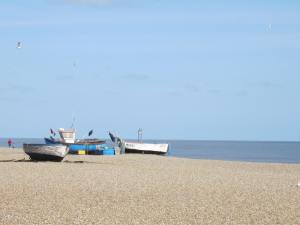I’m guessing that many of you have seen (or have at least heard about) the now infamous interview with Nicola Benedetti in The Scottish Sun. I say ‘interview’, but it is as much puerile fantasy as actual words from Nicola. Instead of focusing upon the career of the talented performer, the sloppy journalism was scattered with lecherous euphemism. While I shuddered while reading it (if you must take a look, the link is http://www.thescottishsun.co.uk/scotsol/homepage/news/mattmeets/article4502198.ece), I was unsurprised by the article.
Nicola is brilliantly talented, and I have long admired her playing. She is a wonderful role model to young people everywhere – not just to young musicians (she is a ‘Musical Big Sister’ to those in the Sistema Scotland scheme), but as a welcome antidote to the celebrity culture where talent counts for nothing, and extroversion everything. Her hectic schedule demonstrates not only her passion for performing, but also the hours of hard work behind the scenes.
Why, then, has the article triggered such a furore? I doubt that too many people took the article seriously– Benedetti herself said she laughed when she read it. One instance of sloppy journalism is hardly going to make much difference to Benedetti’s international career, or turn her fans away from her (as is clear from the messages of support on Twitter). The Scotsman has even hit back with a parodic response to the interview (http://www.scotsman.com/the-scotsman/scotland/the-sun-s-nicola-benedetti-interview-prompts-rethink-of-scotsman-s-classical-music-coverage-1-2496236). It is the implication that looks are just as valid as performance in the music industry that appeared to shock everyone.
After all, it is not the appearance of the performer that people go to ‘see’ in a concert: they are looking for an added dimension of entertainment to the aural experience they can get at home. This article exemplifies the downside to thrusting performers into the limelight: their elevation to celebrity status within the entertainment sector places them alongside other cultural figures. Female musicians in particular seem to have suffered from the gradual transformation of musicians into glamorous, media-savvy personalities (need I mention Bond’s provocative style of performance?). It is a shame that Nicola’s intelligence and talent was side-lined. This is after all how she made her name.
It is not the artists that I am criticising, but celebrity culture. I understand that classical music falls within the sphere of the entertainment industry, but these musicians are famous for a reason. Let’s make sure that we focus upon their musical talent and that they are given the respect they deserve.




